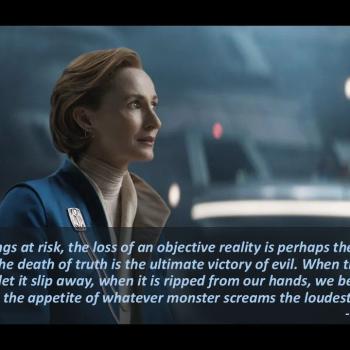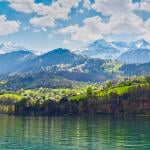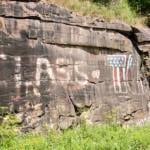Today I managed to squeeze a substantial portion of the Old City into the day. I began with the Church of the Holy Sepulcher.

The edicule was barricaded off, but I may pay another visit to the church to see if I can get closer.

The church is magnificent in many respects, and if you ever go there, one piece of advice I would give you is to not be afraid to go up or down steps that you see. This is, like many other such places in Jerusalem, a church, not a museum. In general with a knowledge of Greek one can identify relevant spots of interest in the church, but they will not be labelled for the visitor there for touristic purposes.

I expected to be moved emotionally and spiritually more than I was. I think part of the issue (other than my tendency towards skepticism) was the fact that the religious sites all tend to have the same appearance – an altar, a metal star, Eastern Orthodox icons – regardless whether they are places which likely have a connection to historical events or not.

In general I was moved most by the depth (literally as well as metaphorically) by the depth of history this place has. For the most part, it really is just an old city, in which people live and work and shop. What makes it special is its history above all else. And seeing places where that history juts out from beneath the surface, or digging beneath the surface has revealed it, is simply amazing. Below, for instance, is a picture of one excavation, which I just happened to pass in a shopping area in the Jewish quarter, which has made visible building from the era of the first temple and subsequent construction of the Hasmonean era.

Among the stops in Old Jerusalem was the Western Wall, also known as the Wailing Wall.

From there, I headed across the Kidron Valley towards the Mount of Olives.

The valley is essentially a large graveyard, including some remarkable historic tombs such as the Pillar of Absolom.

Fortunately I made it to the Mount of Olives before things closed (12-2:30 they are closed, apparently). The Garden of Gethsemane features olive trees that are so old that they have holes in them you can see right through.

Up a steep hill that is an unpleasant climb on a hot day, you can get to the Jesus Flevit church, which also features a necropolis with ossuaries from the early Christian era.

The next stop was the City of David. At the entrance there is a nice place to sit and cool down. I had been debating whether to go through Hezekiah’s Tunnel, but decided that being with my feet in water underground would be a good way to cool off. For someone my height, the water will be up to your pockets at it’s highest point, so if you decide to go through, empty your pockets into a backpack first – or just wear a bathing suit.

From there I went back to the Old City and followed along the Via Dolorosa, visiting some of the stations of the cross. The Dome of the Rock and Al-Aqsa mosque were in use for worship and closed to visitors because it is Friday.

Since it is Friday evening that also means that it is the Sabbath, and so the city (new as well as old) pretty much closes down.
Jerusalem is a fascinating and wonderful place, even in heat that the locals consider intense. The different quarters have very different feels, and the boundaries between them remind me of the boundaries between ethic neighborhoods in New York City. Usually you will just be walking along a street, there will be a lull in the number of stores and amount of activity as well as the number of people walking along, and then suddenly you hear and see another language predominate and changes in clothing, what is being sold, and much else.
On the subject of languages, I should debunk the myth that everyone in Israel speaks English. Some merchants in old Jerusalem certainly do, and will put it to good use – although perhaps not as entertainingly or as honestly as the guy who said, “Come on, give me a chance to rip you off!”
Taxi drivers and hotel clerks and staff have not consistently spoken English, and I am glad to have had many opportunities to listen to and speak some Hebrew and Arabic.
Tomorrow I go to the Dead Sea.












